Make no mistake about it – there is nothing quite like seeing your favorite band or artist live. Part of that could be it being your first show, or it might be your first chance to hear cuts off their latest album – or, if you’re like me, to hear the chance to belt out Born to Run with 50,000 others.
Either way, Apple wants to replicate that experience a bit, albeit in terms of the setlist. Apple Music now has a new tool for musicians and bands to let them create playlists of their setlists and show them off in the app.
Simply put, the next big thing in pop, a folk artist, or country singer, among other genre types, can turn a set list into a playlist available in Apple Music. It’s giving a bit of the power back to the artists. Still, you might see Apple Music’s editorial team creating playlists themed around anything, including recent tour stops – I remember this appearing for the Jonas Brothers.
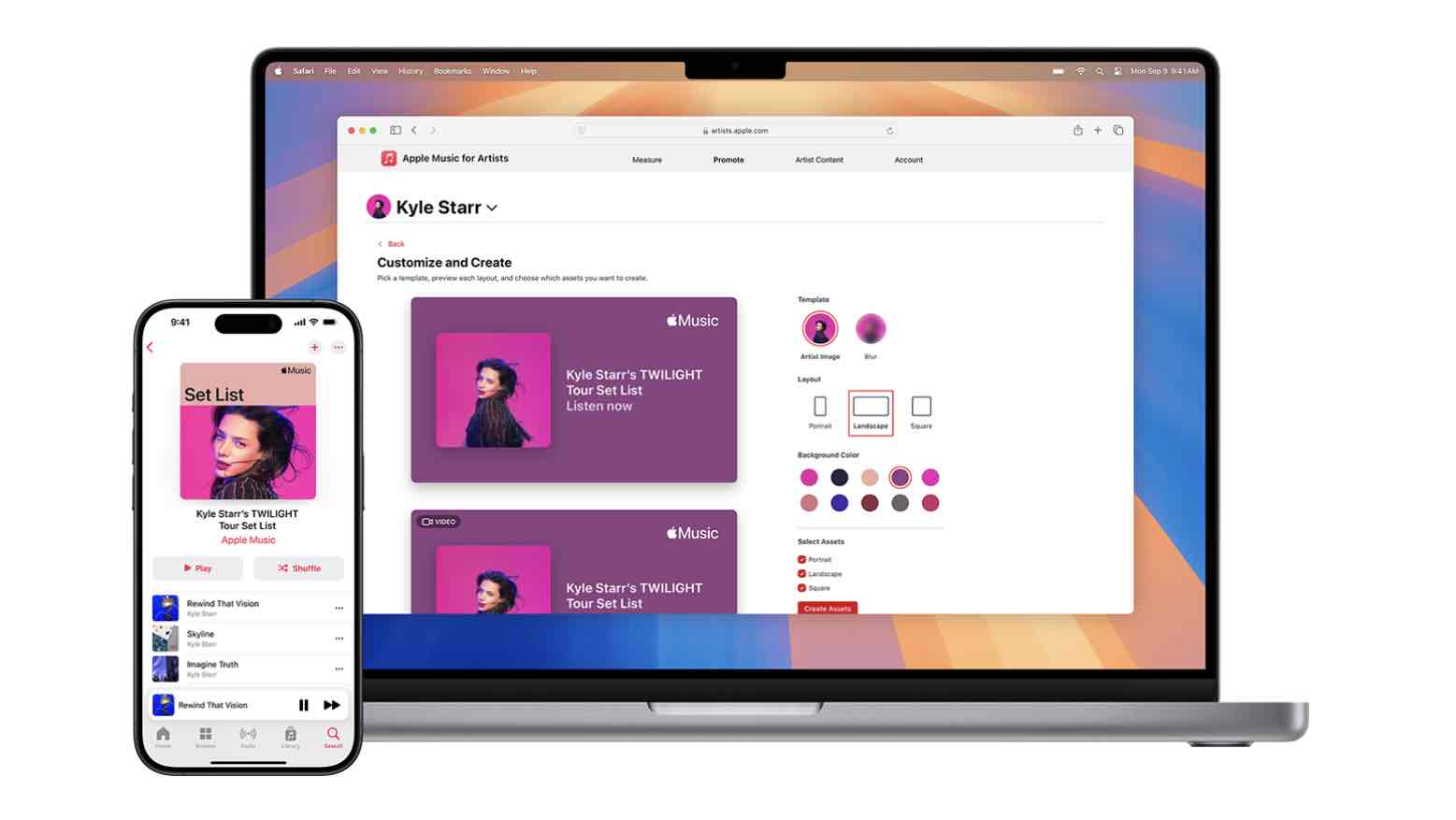
In a shared guide titled ‘Promote your shows with Set Lists’ on the Apple Music for Artists site, Apple suggests connecting your Apple Music Artists account with concert-info website Bandsintown so that it can automatically sync upcoming show dates. When creating a playlist, you can choose a new setlist option and even specify the type of show – part of a tour, residency, or one-off concert. After this, you can link it to an event with Bandsintown, as it will pull in that list, or if you haven’t connected, you can manually enter a date – but it must be “a date that is no earlier than one day in the future.”
Using the tool, artists or bands will be able to create playlists of previous shows and future ones. The latter could be useful for tours with similar setlists, but either way, an artist can update the playlists after the fact with a pretty simple interface.
Unlike services like Nugs.net, which artists like Phish, Dead & Co, and Bruce Springsteen, among many others, use, these won’t necessarily be live cuts, but rather the studio version or whatever track is available on Apple Music.
There’s a good chance you might be on one side of the fence with this, either loving or hating the idea of your artist posting setlists as playlists. To one degree, you’ll know what you’re getting, and if the artist is one that mixes it up or does a surprise song nightly, you can track the tour’s performances with easily accessible audio like Setlist.FM. Of course, there is also the spoiler-alert issue.
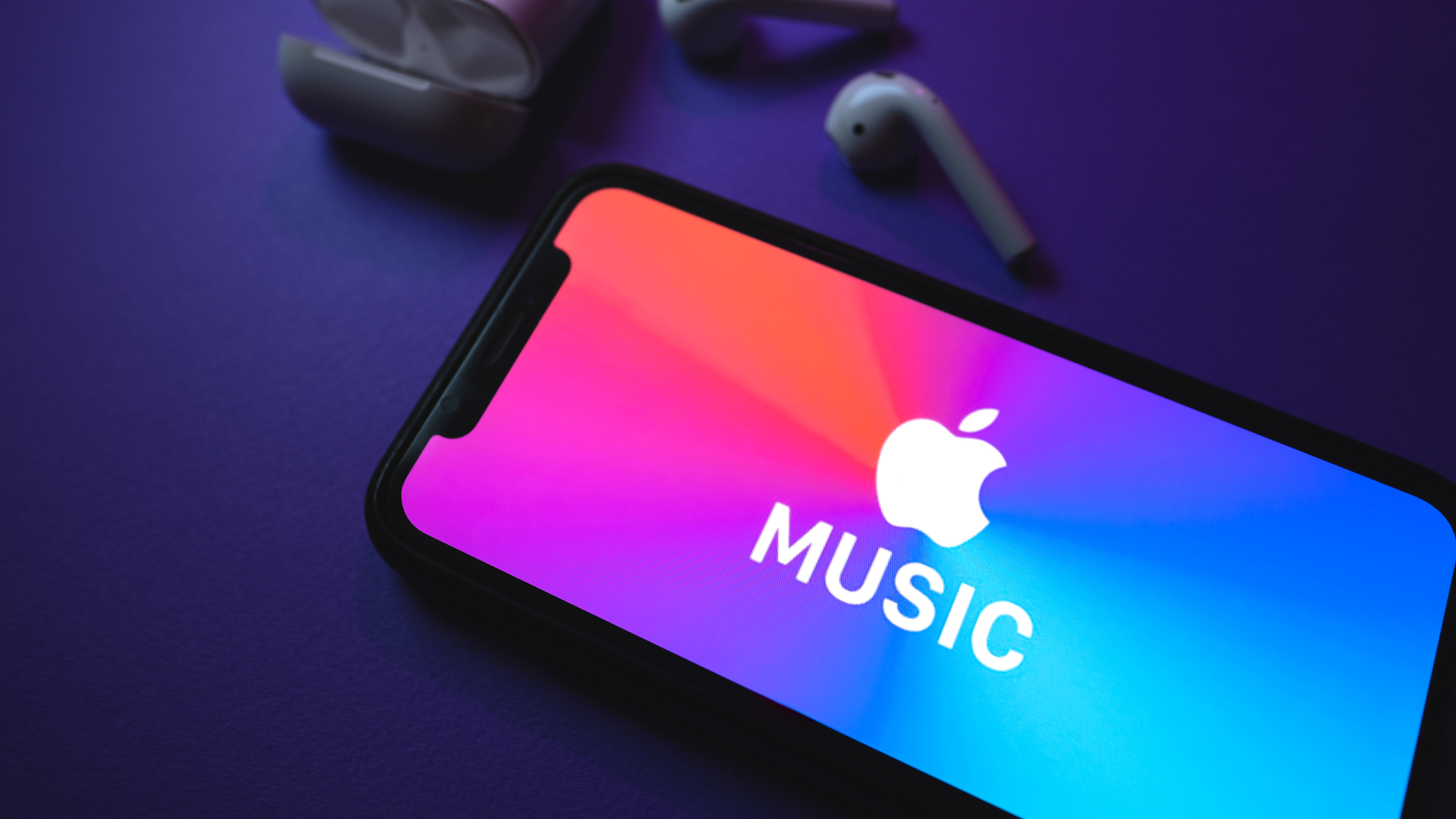
TechRadar’s Mark Wilson is a regular gig-goer, and he told me that setlist playlists sound the equivalent of getting a big movie spoiler. “Part of the appeal of seeing live music for me is the element of surprise,” he adds. “will I hear some classic deep cuts for the first time in years, or will the artist obstinately play the new album front to back? I’d rather find that out in real time rather than the day before in Apple Music.”
The playlists aren’t just a general flavor of what you might hear at an upcoming concert either – Apple says artists can make playlists for every show they’re doing on a tour. I recently had to tell a friend to stop showing me Setlist.fm during gig because it was accurately predicting not just each song, but the exact running order too.
Perhaps the playlists will help build anticipation for some fans. But one of my favorite musical memories was watching Radiohead release the handbrake for the first time in a decade and play songs from their first three albums – if Set List playlists had been around then, it wouldn’t have been quite as spine-tingling.
I tend to agree with Mark’s take, as it could ruin some of the moment, especially if you’re catching the middle of a tour that has been mostly the same. For example, if the artist just posts one setlist or if they’re going nightly, it could be a nearly play-by-play approach to the show. On the other hand, though, if I’d already seen the show, it might be nice to see the evolution of the tour… though that might result in gig-envy.
Either way, get ready to see these appear in Apple Music on the artist’s or band’s profile soon enough – and if you’re spoiler-weary, simply don’t tap to view the playlist.


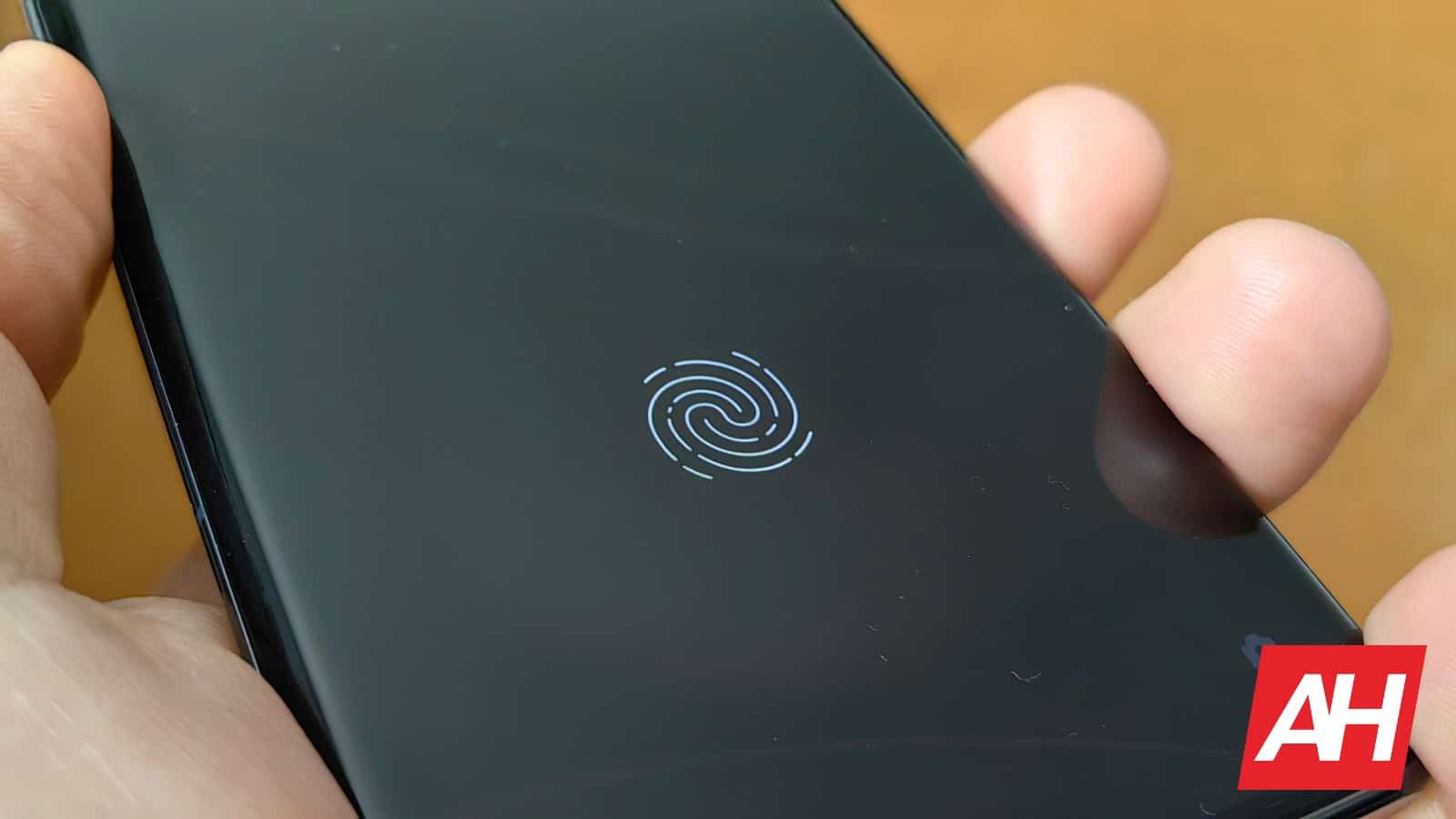

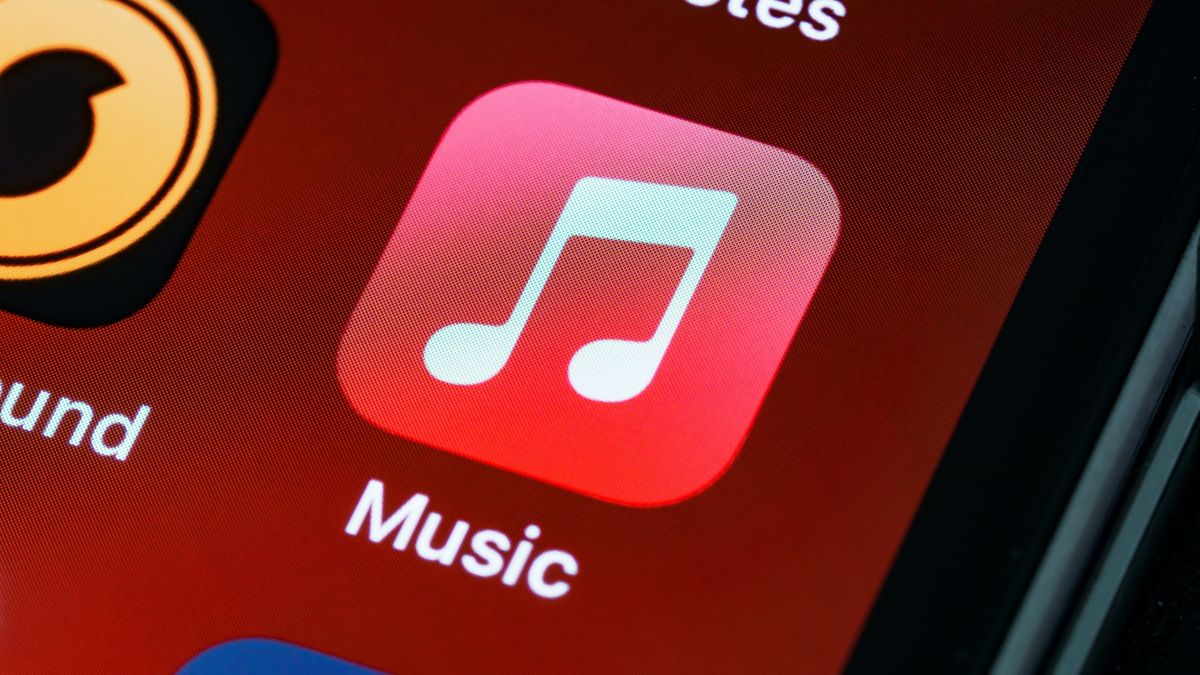
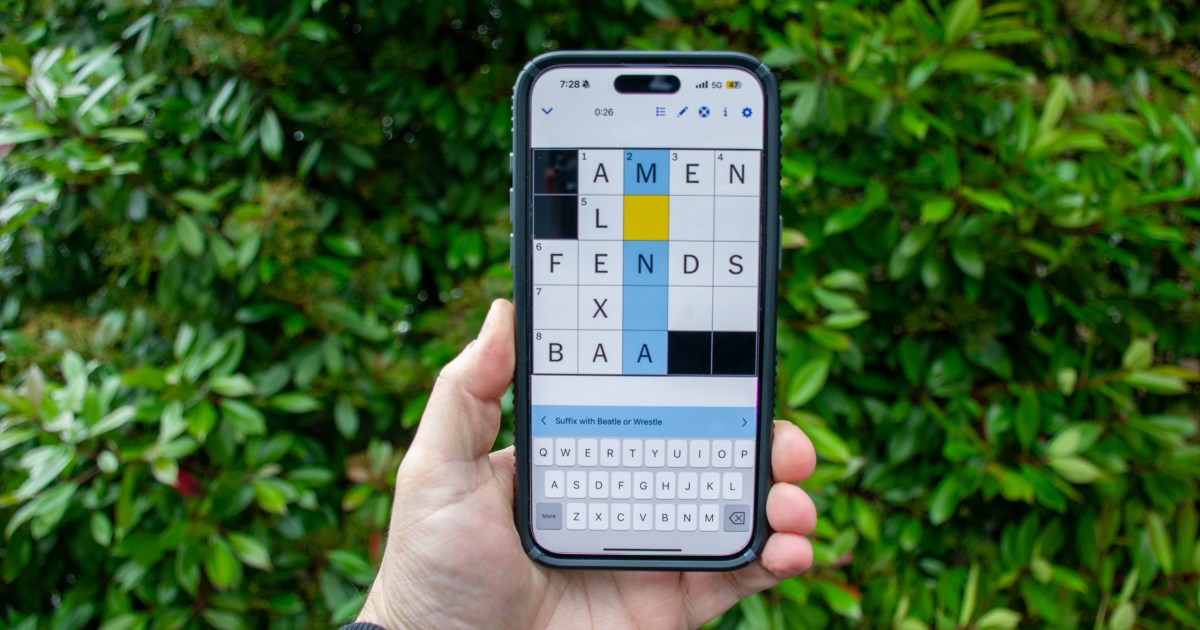

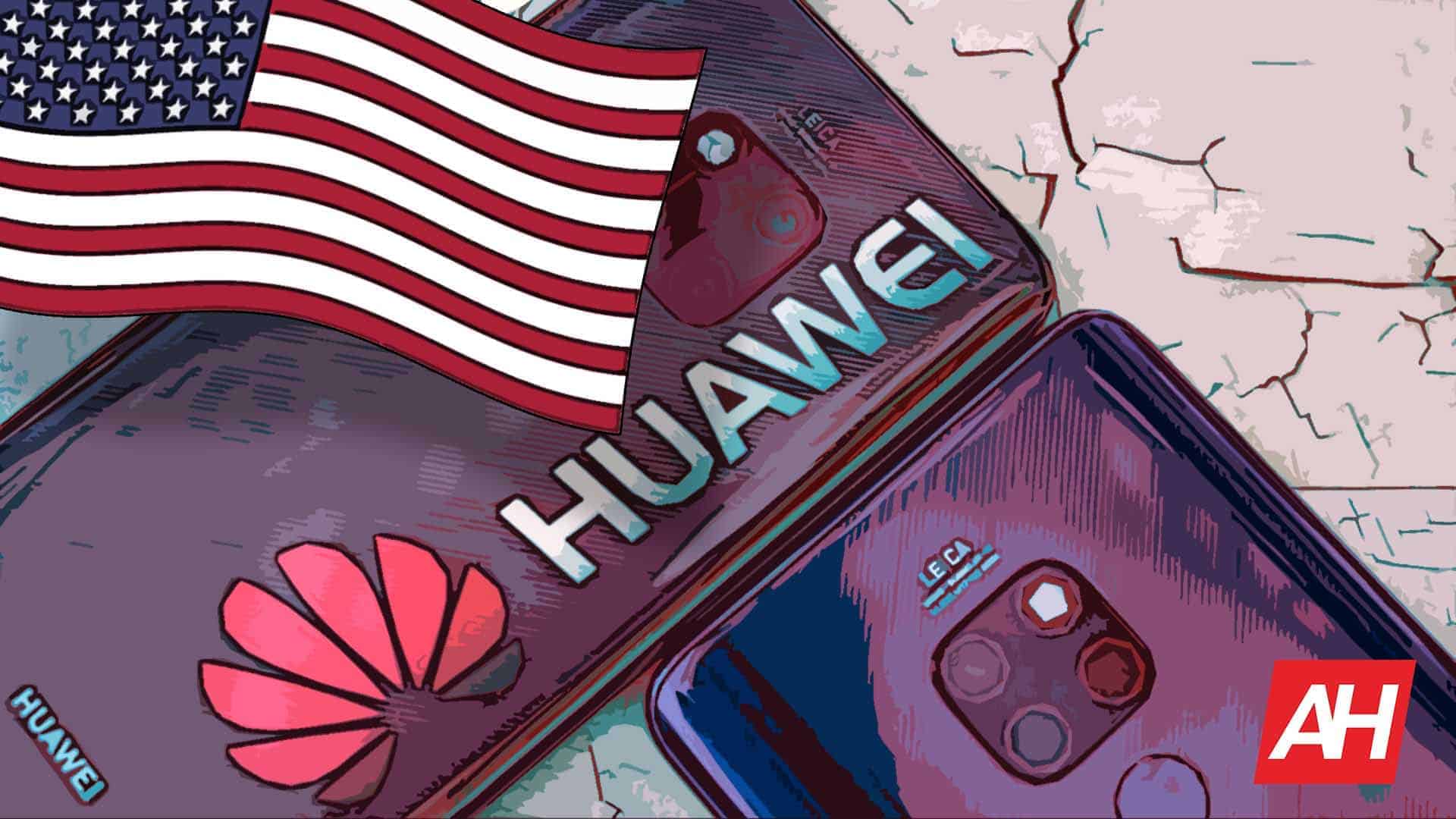
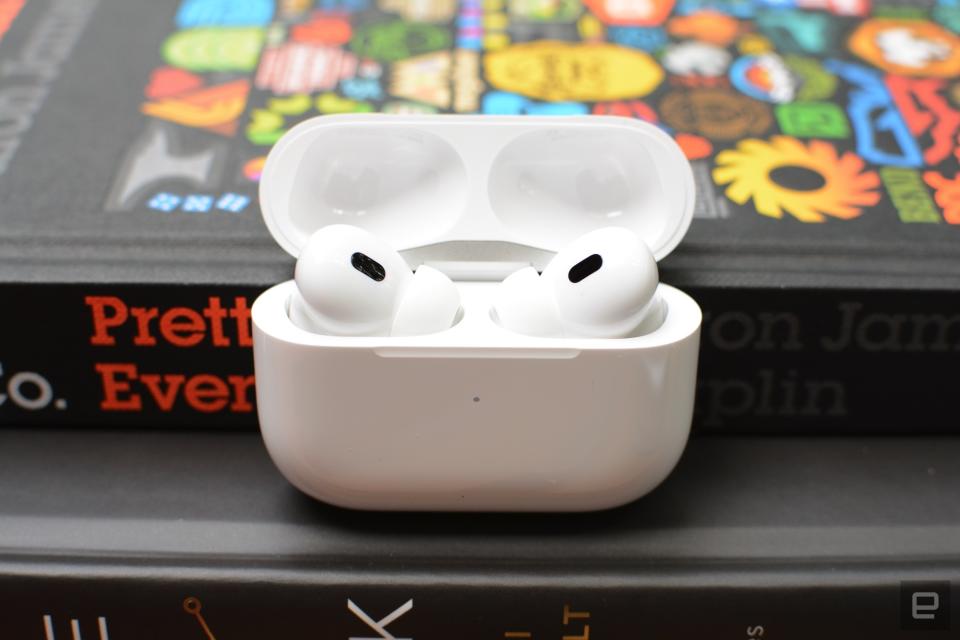




















































































































































You must be logged in to post a comment Login